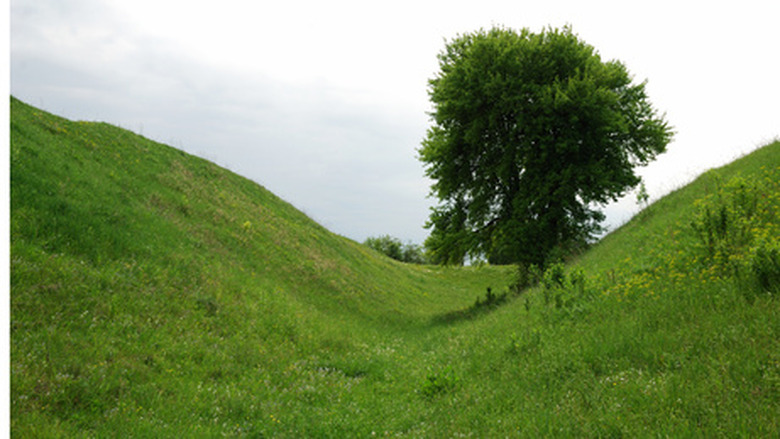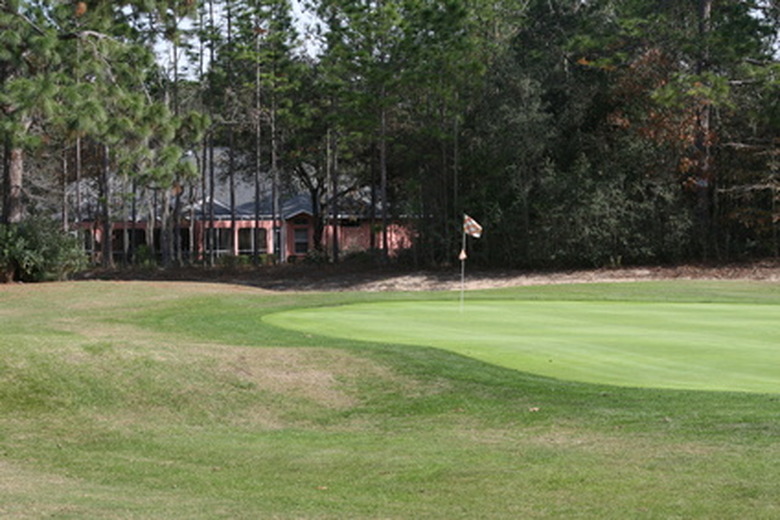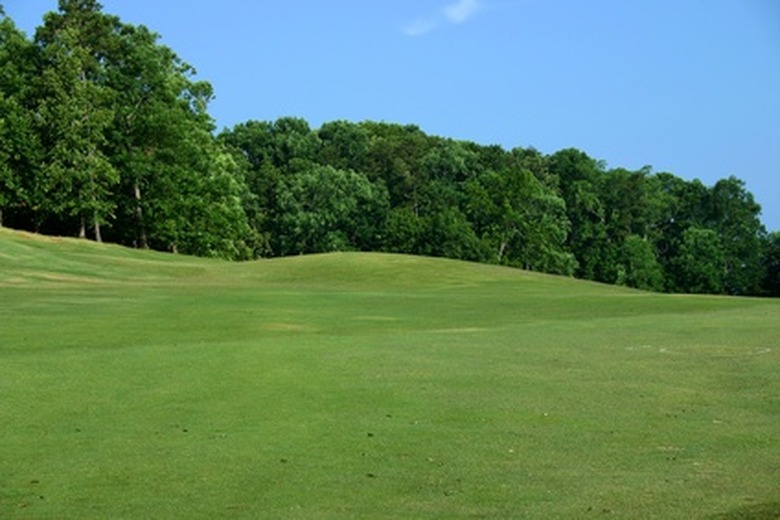Berm Styles In Landscape Designs
Whether you need to add a berm to cover a septic system, add a berm for noise control or simply to add visual interest to your yard, you have a number of choices in design and style. For any style of beam, keep it about five to six times as long as it is high, blend or slope the berm gradually into the earth and work toward creating a natural-looking shape.
Asymmetrical and Symmetrical Shapes
Berms with their peaks off center, near to one end or another look more natural than berms whose peaks are at the very mid-point of the hill. The slope, height and width on different sides of the berm do not have to be symmetrical either. The only reason to choose a symmetrical style of berm would be to create or enhance a specific design look where you would want a more structured feel to the landscaping area or to add a specific landscaping feature, like a flagpole.
Crescent and Free-Flowing Shapes
Berms of a crescent or curved shape are frequently used in corners of the yard, with the points pointing in towards the center. The ends of the crescent should be tapered to blend in with the level of the soil just as you do for the rest of the berm. For free-flowing shapes, look at the other lines in your yard and maintain those types of lines in the berm. For instance, if you have lawn edging that is gently wavy or undulating, mimic the waves on a large scale in the berm.
- Whether you need to add a berm to cover a septic system, add a berm for noise control or simply to add visual interest to your yard, you have a number of choices in design and style.
- For any style of beam, keep it about five to six times as long as it is high, blend or slope the berm gradually into the earth and work toward creating a natural-looking shape.
Multiple Berms
A rule of thumb for using multiple berms is to maintain consistency in their shapes, using two crescents or two asymmetrical mounds, as examples. Consider placement of multiple berms carefully—aim for naturalness and flow rather than a strict uniform arrangement. You can achieve a natural feel by varying the sizes of the berms or creating more than one contouring top for any given berm.
Tips
Landscape designers at the University of Minnesota recommend that homeowners envision berms as "gradually emerging" from the ground rather than "rising as an abrupt bump." They add that you can always add extra soil at the bottom of the berm to achieve a gentle sloping effect and that the tops of a berm should be somewhat flattened as opposed to having a sharp peak.


